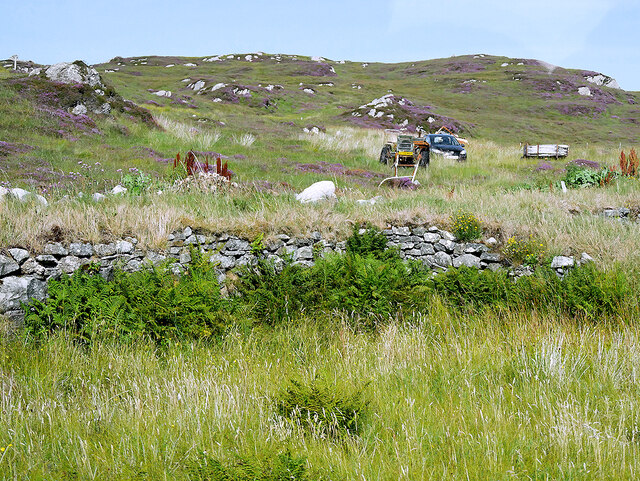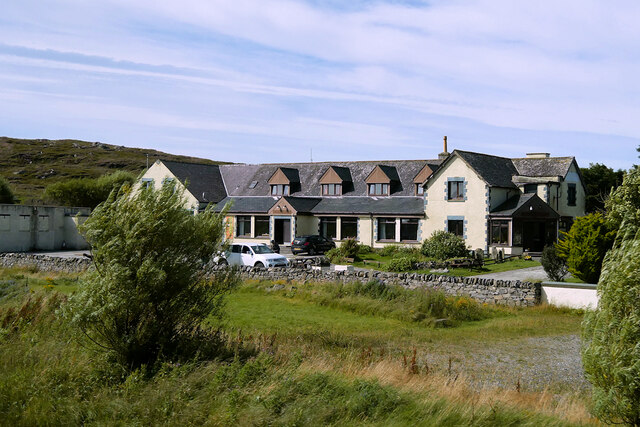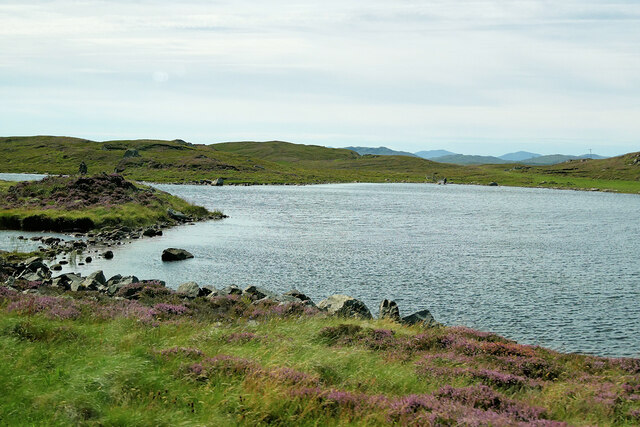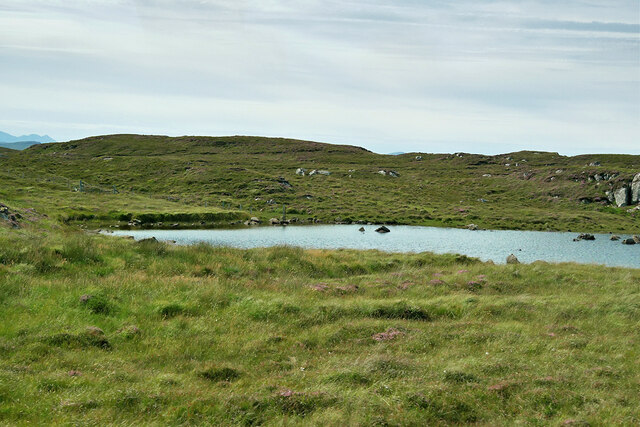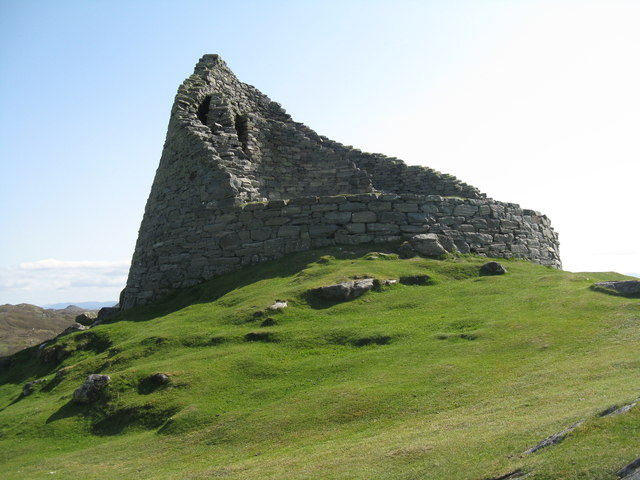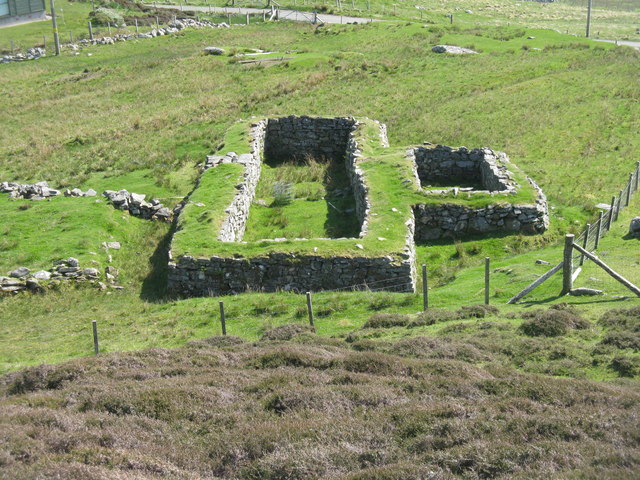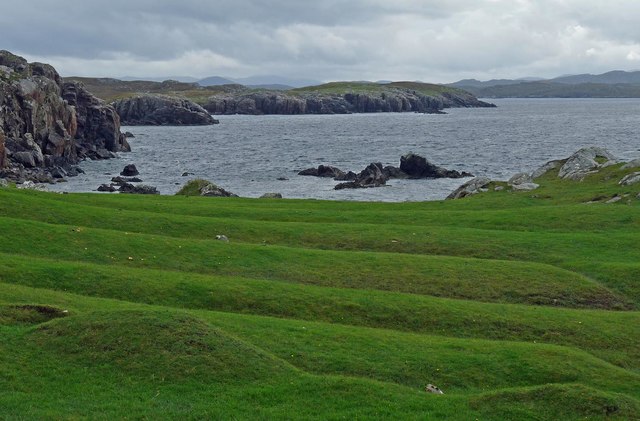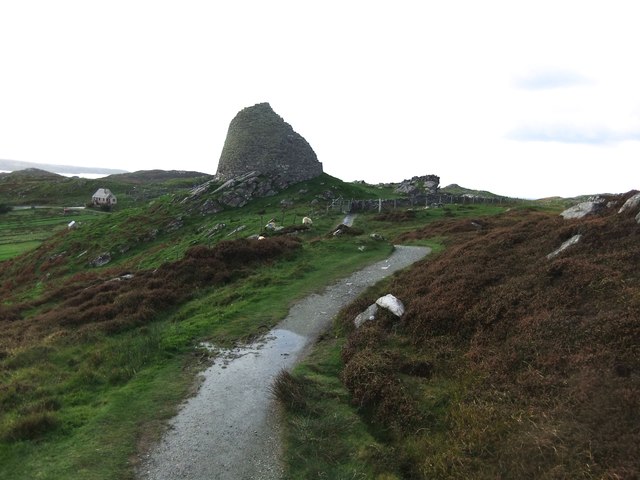Loch Thonagro
Lake, Pool, Pond, Freshwater Marsh in Ross-shire
Scotland
Loch Thonagro
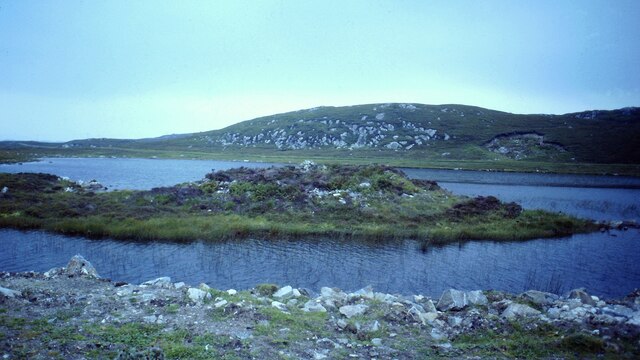
Loch Thonagro is a picturesque freshwater lake located in Ross-shire, Scotland. This enchanting body of water is nestled amidst the rugged beauty of the Scottish Highlands, making it a popular attraction for nature lovers and outdoor enthusiasts alike.
With a surface area of approximately 50 acres, Loch Thonagro offers a tranquil and serene environment for visitors to enjoy. The lake is surrounded by lush greenery and rolling hills, creating a stunning backdrop for photography and leisurely walks. Its crystal-clear waters are teeming with various species of fish, making it a haven for anglers seeking a peaceful fishing experience.
The lake is also home to a diverse array of wildlife, including waterfowl, otters, and occasionally, red deer. Birdwatchers will be delighted by the presence of migratory birds such as herons and grebes, which visit the lake during certain times of the year.
One of the notable features of Loch Thonagro is its freshwater marsh, which provides a unique ecosystem for various plant and animal species. This marshland is characterized by its waterlogged soil and abundant reeds, creating a habitat for amphibians, insects, and water-loving plants.
Visitors to Loch Thonagro can engage in a range of activities, including boating, kayaking, and picnicking by the lakeshore. The surrounding area offers numerous walking trails, allowing visitors to explore the stunning natural beauty of Ross-shire.
In conclusion, Loch Thonagro is a captivating freshwater lake in Ross-shire, Scotland. Its idyllic setting, diverse wildlife, and range of recreational activities make it a must-visit destination for anyone seeking a peaceful and scenic experience in the Scottish Highlands.
If you have any feedback on the listing, please let us know in the comments section below.
Loch Thonagro Images
Images are sourced within 2km of 58.260354/-6.7995981 or Grid Reference NB1840. Thanks to Geograph Open Source API. All images are credited.
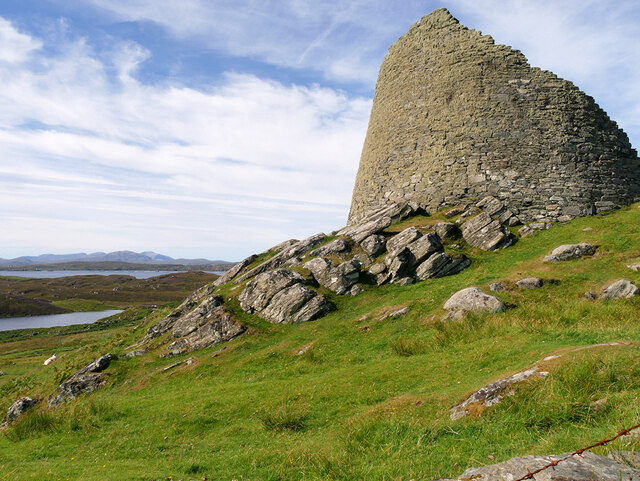
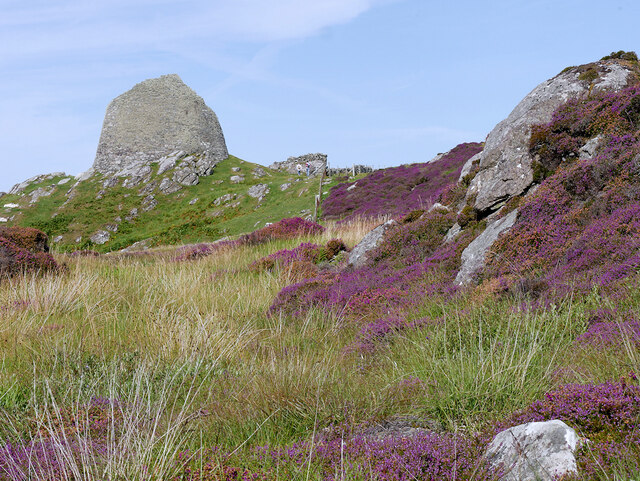
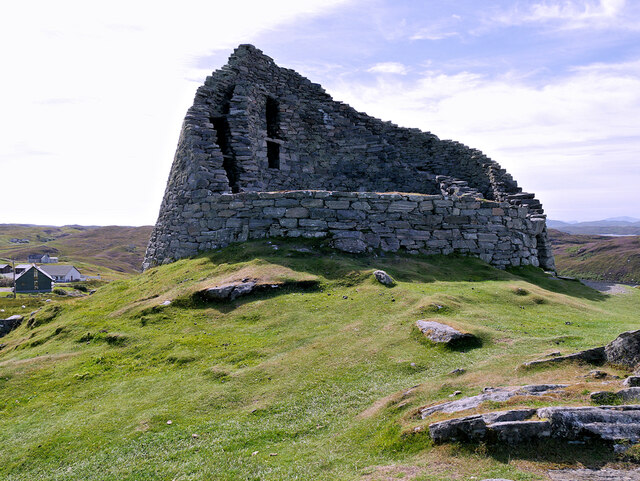
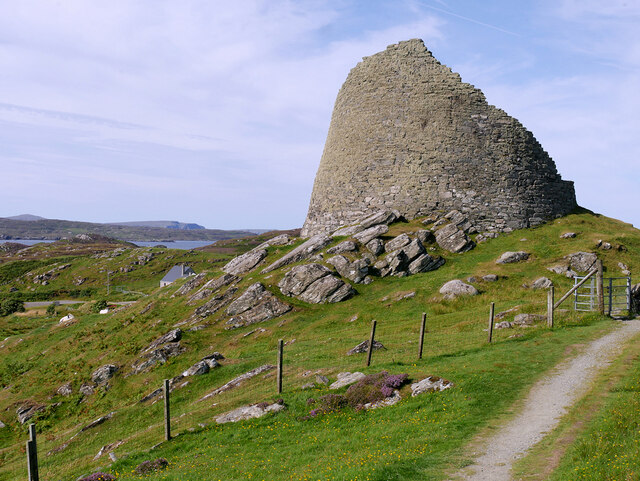
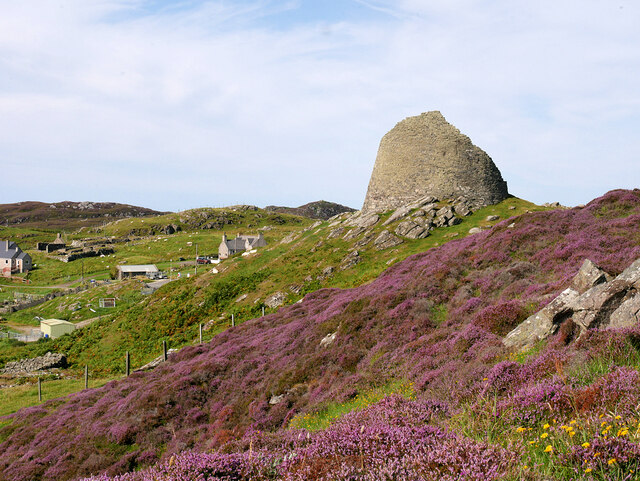
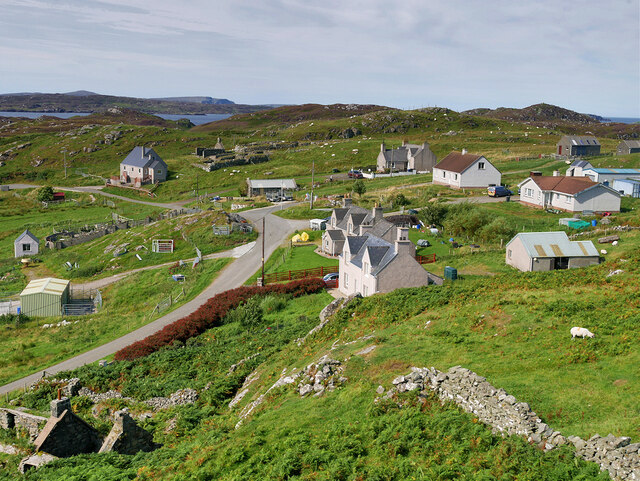
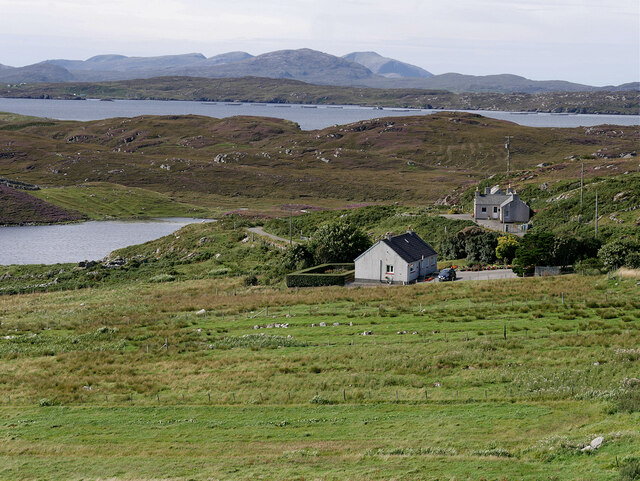
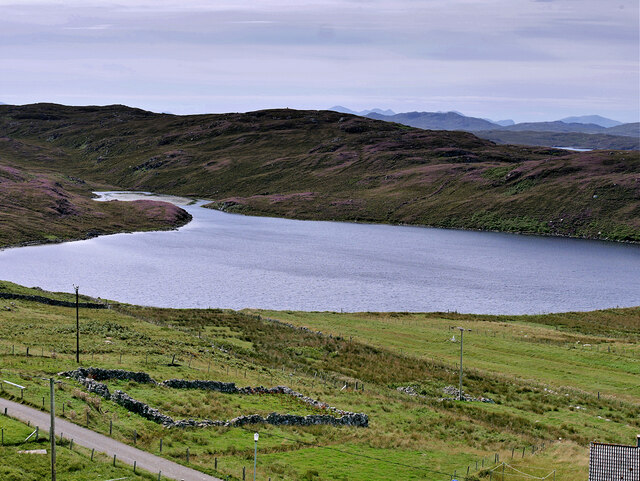
Loch Thonagro is located at Grid Ref: NB1840 (Lat: 58.260354, Lng: -6.7995981)
Unitary Authority: Na h-Eileanan an Iar
Police Authority: Highlands and Islands
What 3 Words
///locating.ounce.chainsaw. Near Carloway, Na h-Eileanan Siar
Nearby Locations
Related Wikis
Dun Carloway
Dun Carloway (Scottish Gaelic: Dùn Chàrlabhaigh) is a broch situated in the district of Carloway, on the west coast of the Isle of Lewis, Scotland (grid...
Borrowston, Lewis
Borrowston (Scottish Gaelic: Borghastan), with a population of about 50, is a crofting township situated on the Isle of Lewis, on the Outer Hebrides of...
Tolsta Chaolais
Tolsta Chaolais (also Tolastadh Chaolais, Tolstadh a' Chaolais) is a village on the Isle of Lewis, Scotland. It consists of about forty houses, clustered...
Carloway
Carloway (Scottish Gaelic: Càrlabhagh [ˈkʰaːɾɫ̪ə.ɤː]) is a crofting township and a district on the west coast of the Isle of Lewis, in the Outer Hebrides...
Nearby Amenities
Located within 500m of 58.260354,-6.7995981Have you been to Loch Thonagro?
Leave your review of Loch Thonagro below (or comments, questions and feedback).
